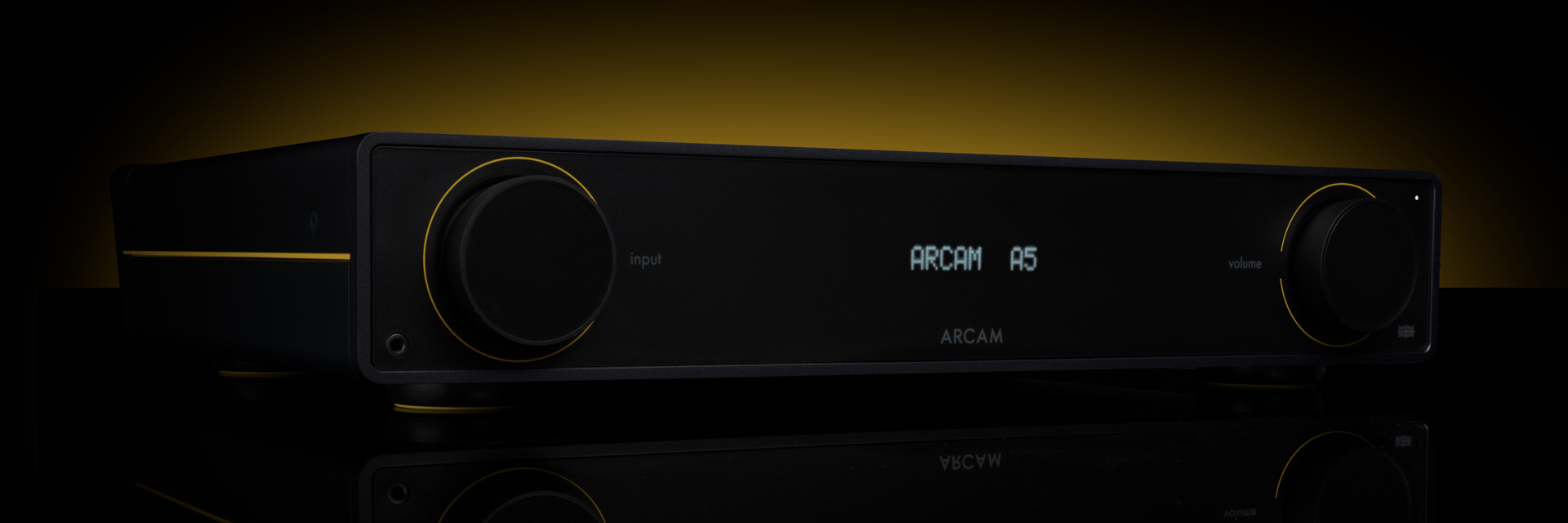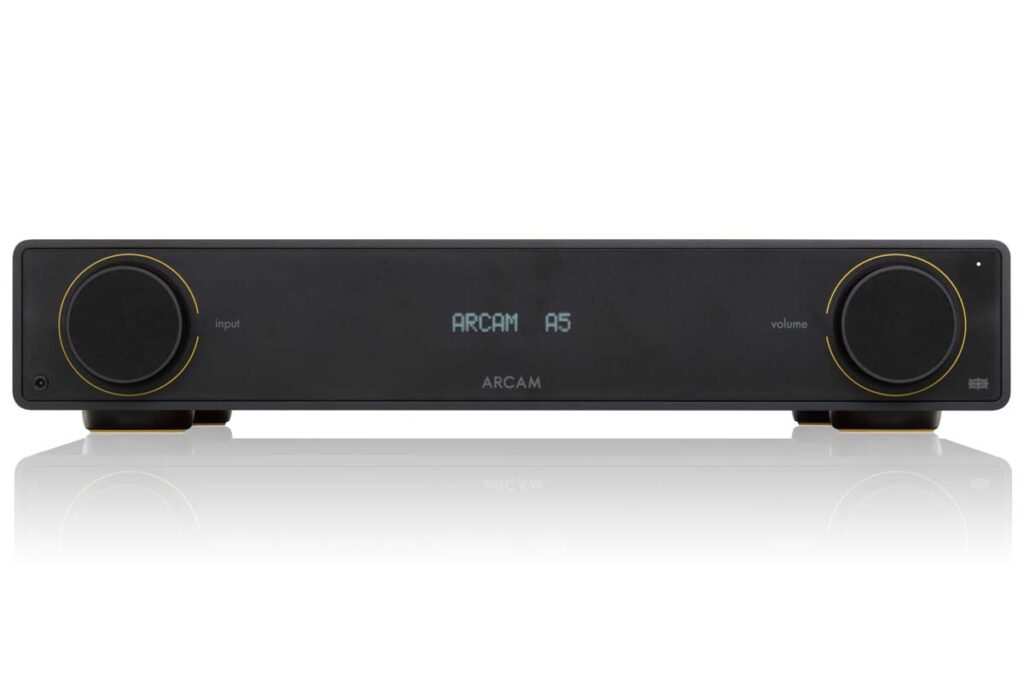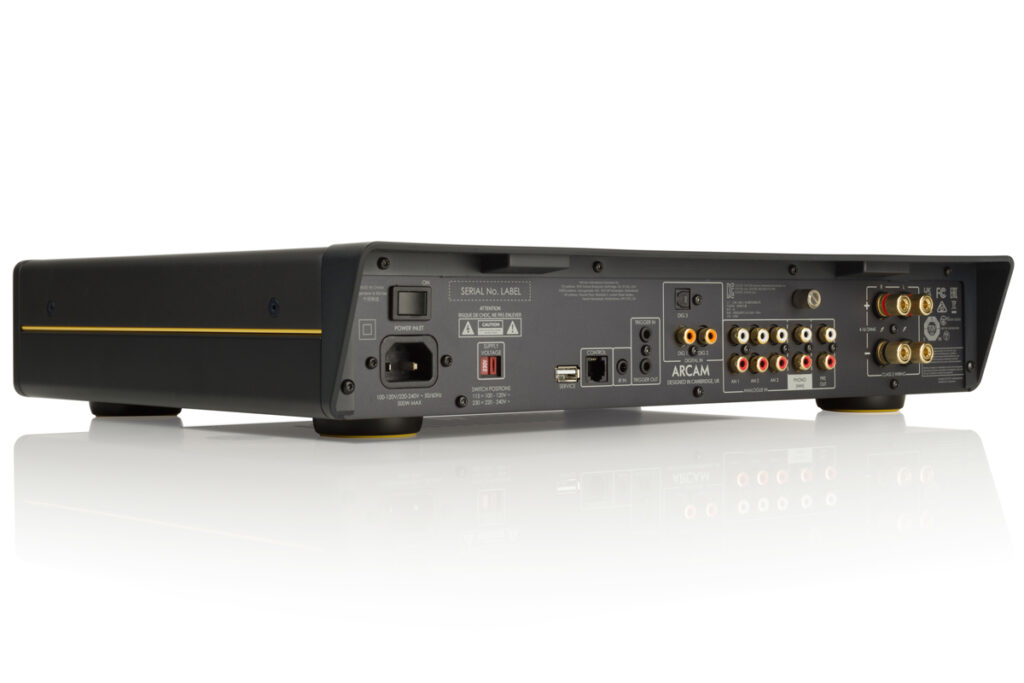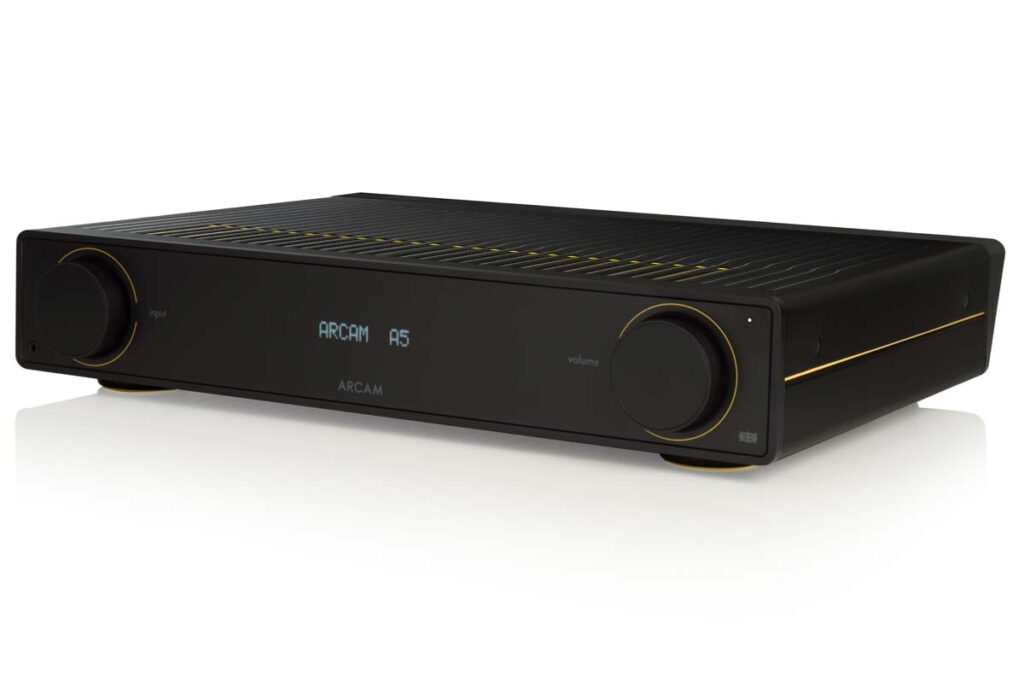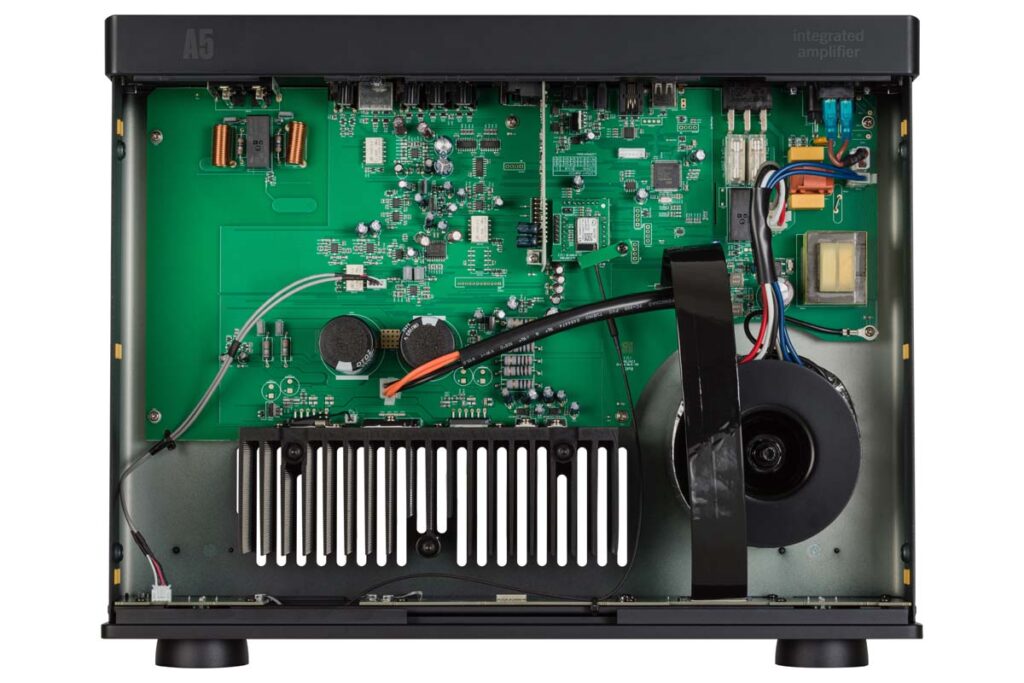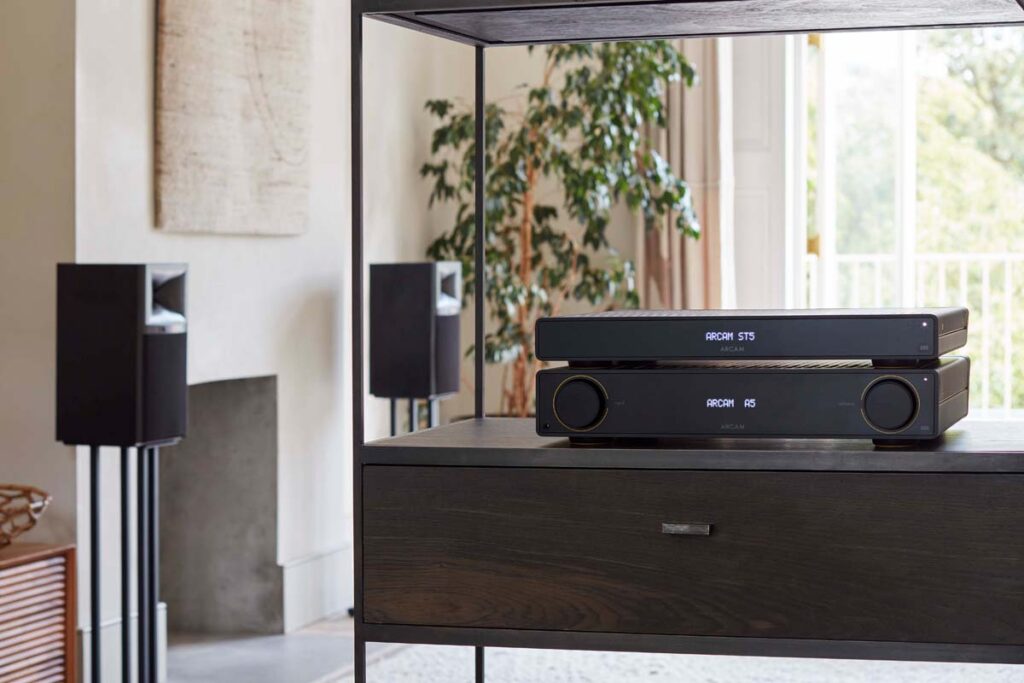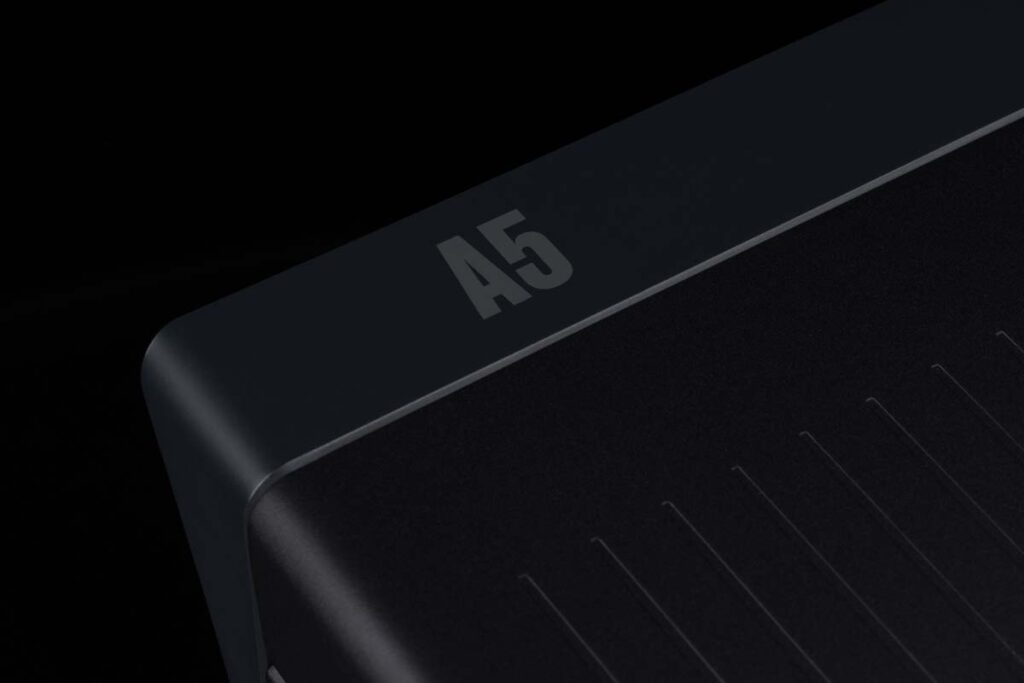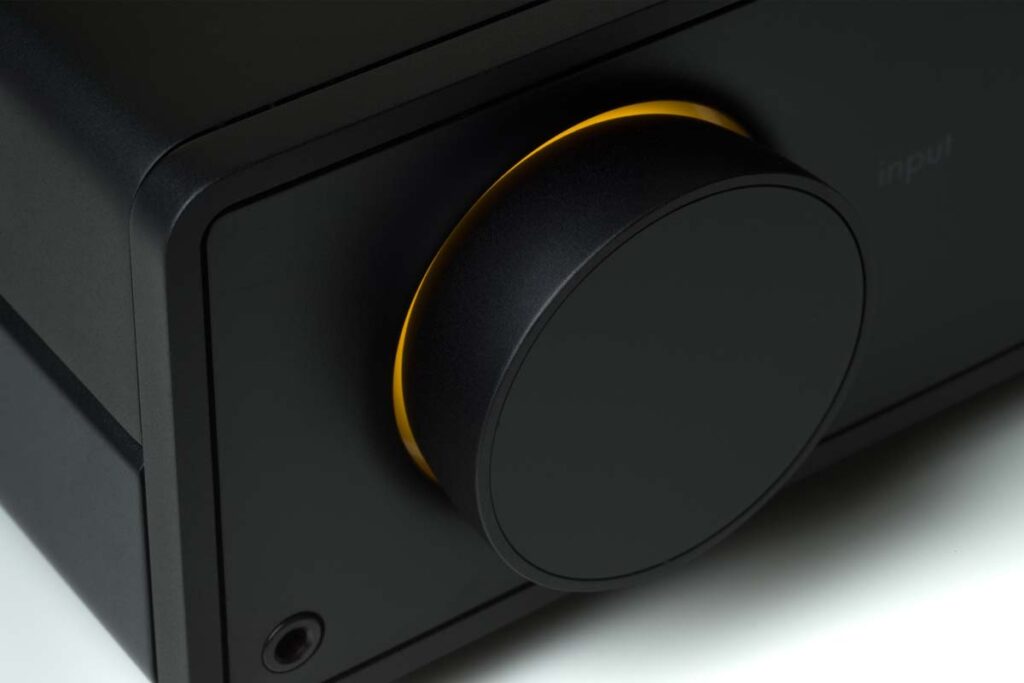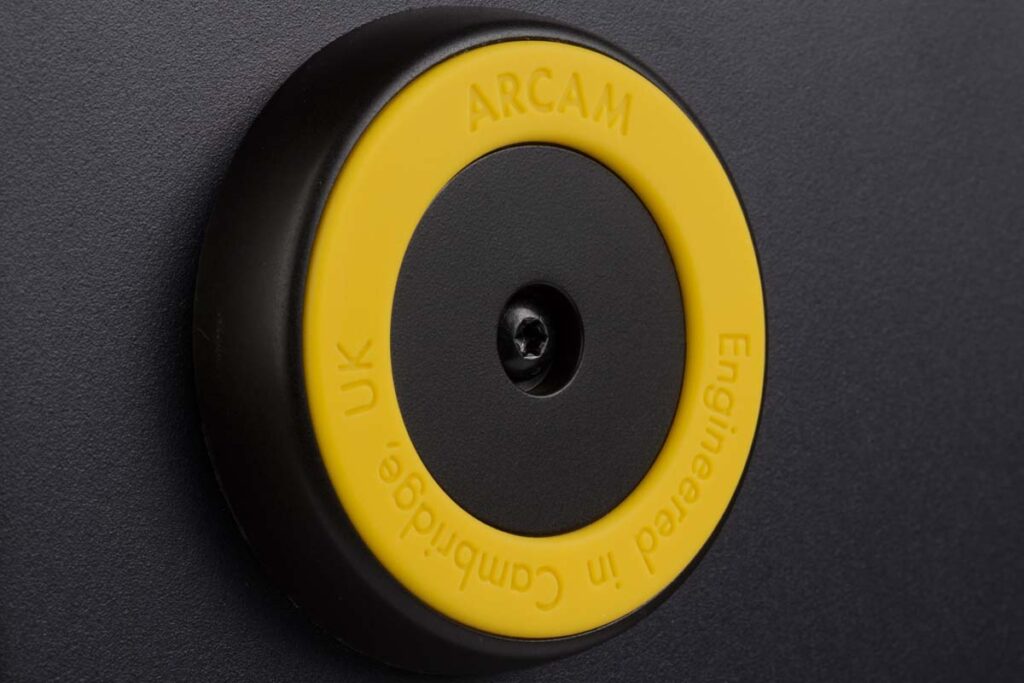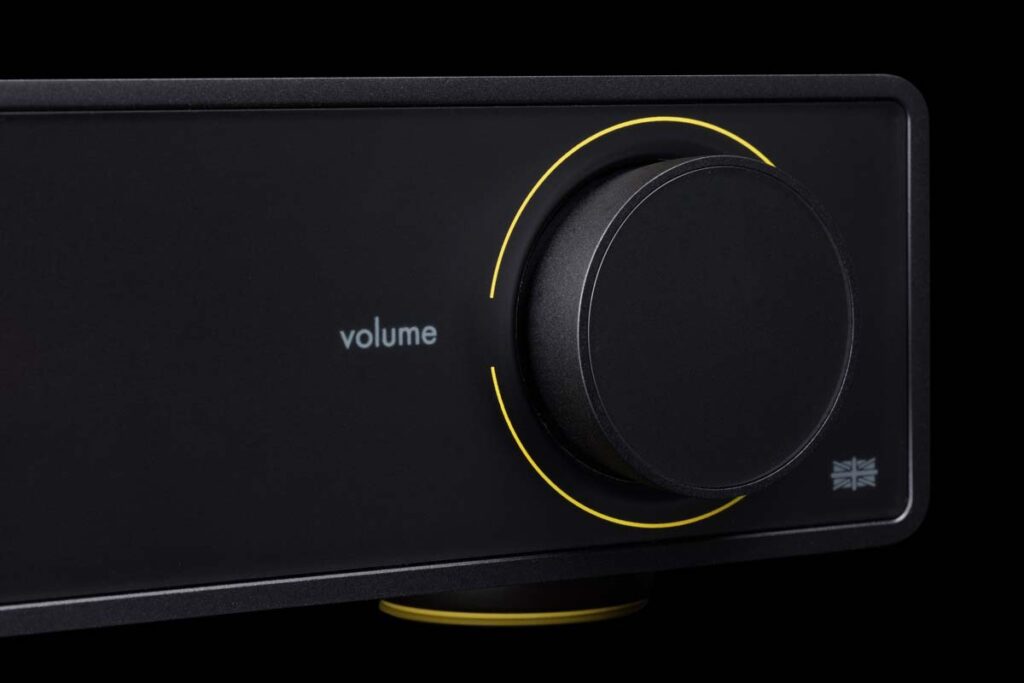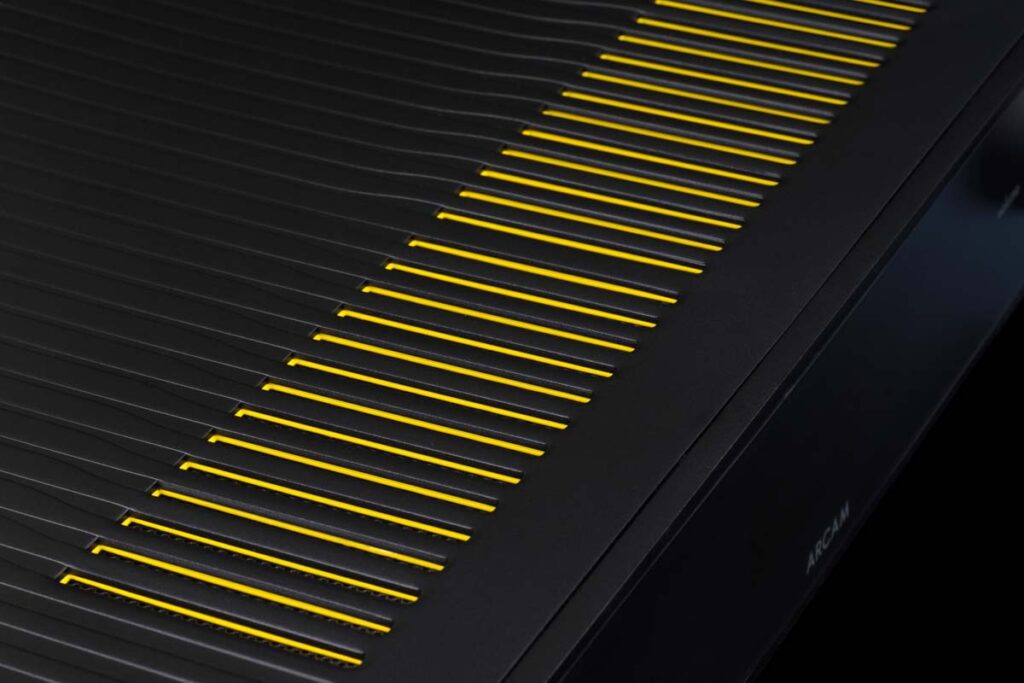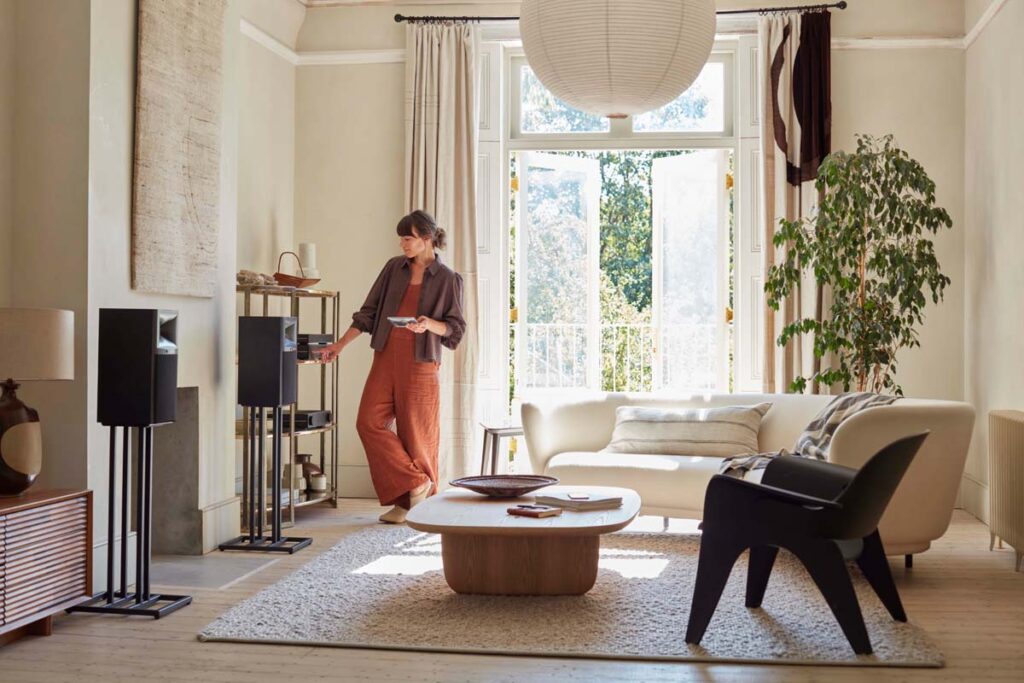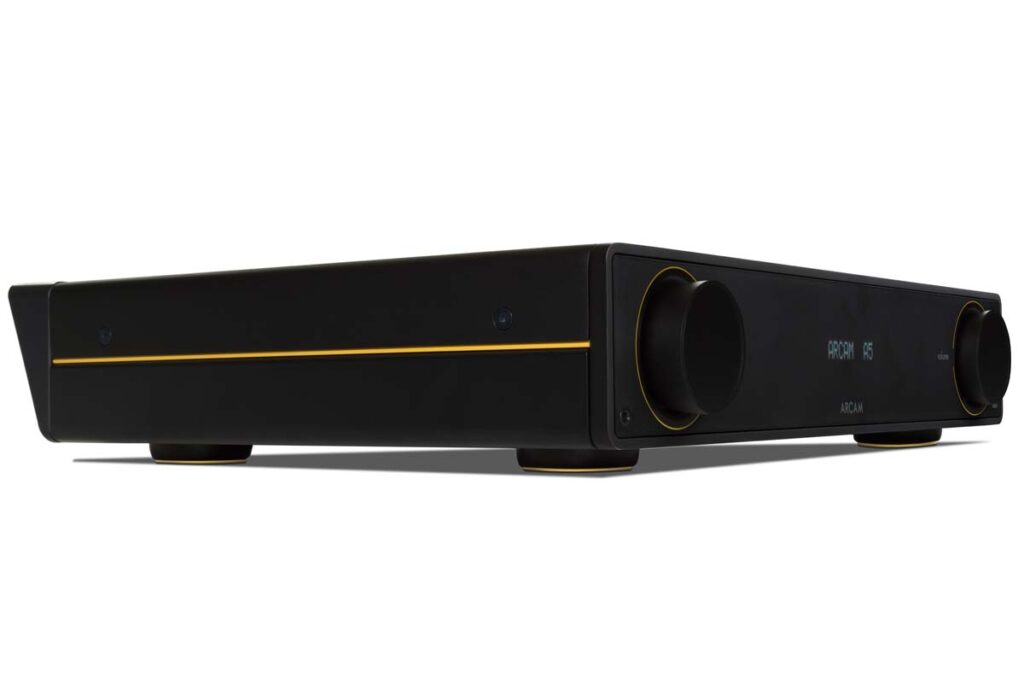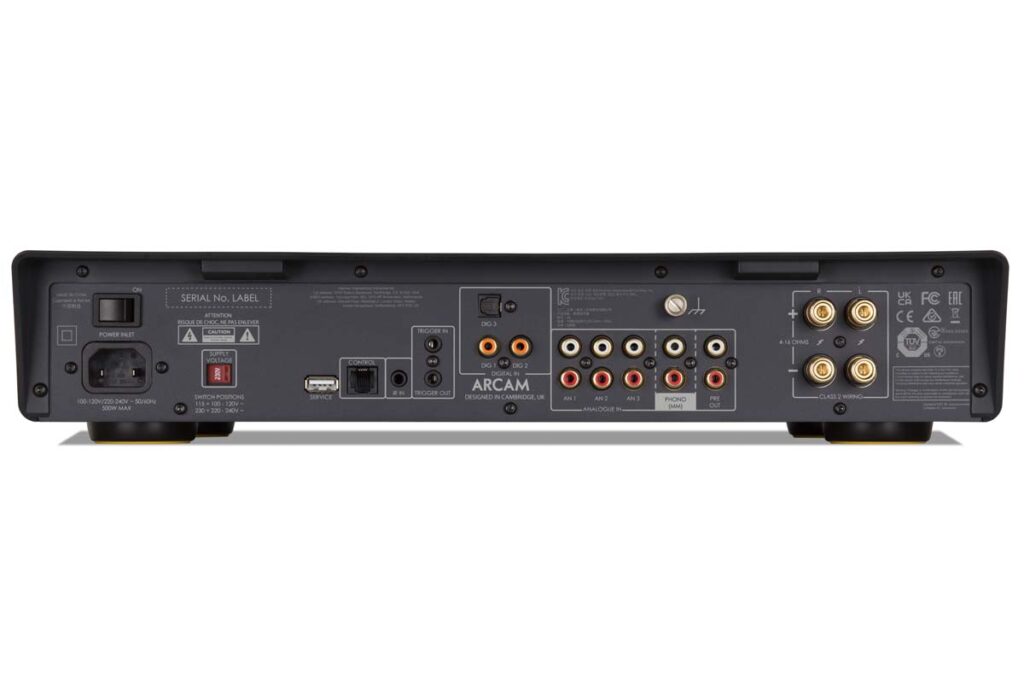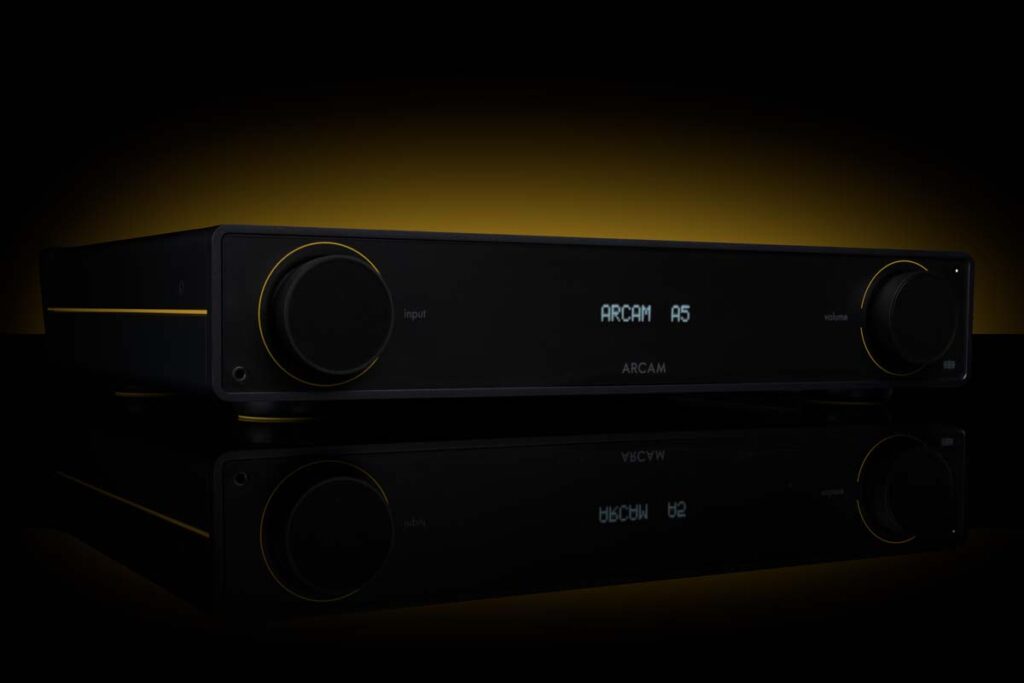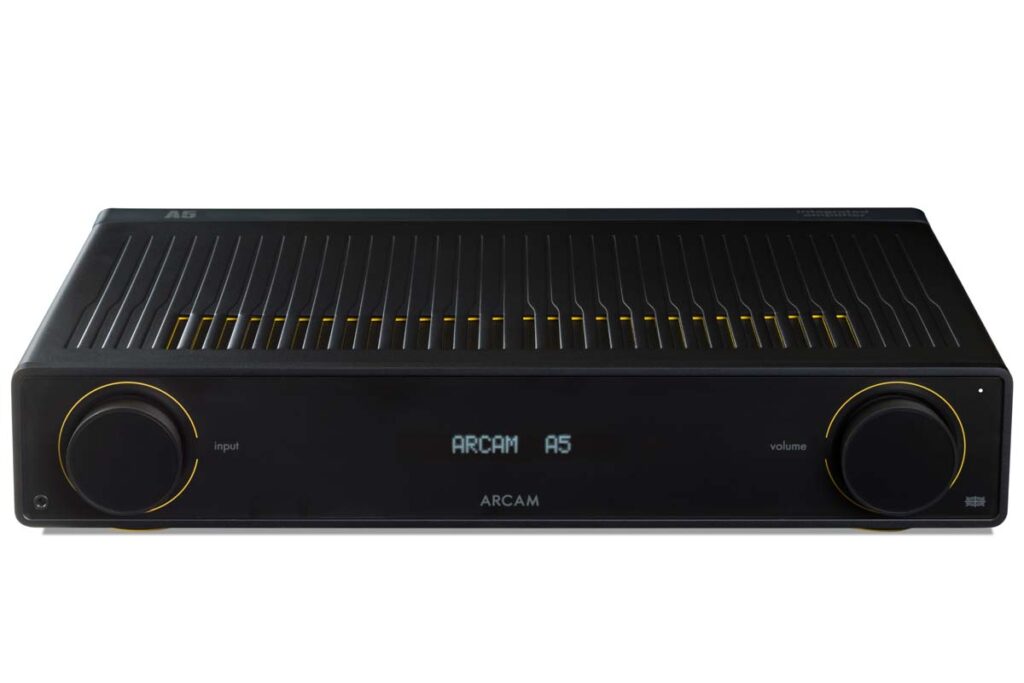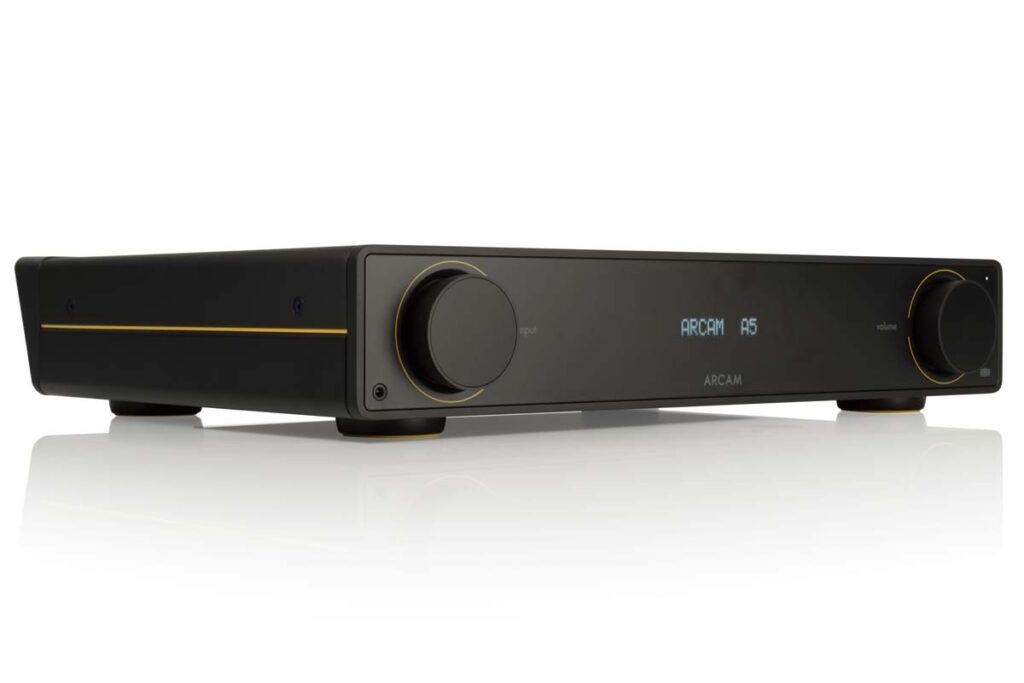Just about attainable for my then modest budget, yet already real hi-fi to be taken seriously – that’s what Arcam meant to me a good 20 years ago. Now that the brits have reinvented themselves with the new Radia series, I’m curious to see whether the traditional Arcam values and merits carry over into this new chapter in the brand’s history. To this end, I’ll be going back to square one of my personal audiophile journey with the Arcam Radia A5 integrated.
Can you relate? You start out in a hobby and invest a meaningful chunk of money in some quality entry-level gear, which keep you happy for quite a while – at least until the urge to upgrade kicks in. After all, technology moves on, plus you now have more funds at your disposal, so you get yourself some more expensive, better stuff, while off onto the used market the old equipment goes.
The decision feels right for some time, you’re enthusiastic about what you shiny new gear can do. But after a while, you somehow start to miss what you had before – not that the upgrade was a mistake: It’s clearly technically superior. But still, you gotta admit that while your current equipment bests its predecessors in most regards, there are some things that the latter just did better. Only now can you really appreciate just how good your old stuff was and now you somehow regret that you got rid of it. Wouldn’t it be nice if you still had it around as a backup option, or simply so you can bust it out once in a blue moon and give it another spin?
That was my experience with my first serious amplifier, anyway: an Arcam A65 Plus, which after a couple of years of loyal service had to make way for a Cambridge Audio Azur 840A. The latter was clearly the superior piece of kit: coming in at more than twice the price, boasting three times the power output, throwing a much larger soundstage and easily outdoing the Arcam in terms of bass control. And yet – I only realized this some time after I had sold it – there was something about the Arcam’s midrange and voice reproduction that the Cambridge just couldn’t quite match, resulting in this slight feeling of regret that keeps nagging me to this day.
When Harman Luxury Audio invited me to the launch event for the new Arcam Radia series late last year, this review was consequently already a done deal in my mind. That first-timer nostalgia was only one of two that got me fired up, though, the second being the price point: In times where the price tags on hi-fi components seems to be universally headed straight for the moon, Arcam asks remains encouragingly level-headed and asks a Gen Z friendly 850 euros for their entry-level Radia A5. That’s particularly remarkably when you consider that the Arcam A65 Plus from 20 years ago came with a sticker price of 675 Euros, or roughly 1050 Euros in today’s money – I can hardly believe the words I’m typing right now, but apparently, price increases lagging behind the general inflation can still be a thing in 2024!
In view of this tempting price point, skeptics might ask themselves if you’re really getting a “true” Arcam here. A brief fact appraisal gives some good reasons for confidence: Even though John Dawson is no longer officially part of the R&D department, the co-founder is still involved in an advisory role and apparently still has some say when it comes to fundamental design decisions. Accordingly, the A5 is a clear continuation of its original A60 ancestry in terms of topology. You’ll find no class D modules here, the A5 is a classical class A/B design fed from a linear power supply – or rather, two of them: to comply with the latest efficiency standards, the main transformer is joined by another, much smaller one, which keeps the amp running in standby and handles various control functions. A MM phono pre fitted as standard and a discreet headphone module round out the good first impression.
Tricky Balancing Act
Now, all of this sounds quite conservative – but anybody familiar with Arcam will know full well that this manufacturer has a tradition of being at the technological forefront. In fact, the proclaimed goal of the Radia series is to make classical hi-fi attractive for Gen Z – and to achieve this, the brits commit to paying by the intended audience’s book: Arcam refrains from reaching down to listeners in their twenties from a high horse, but rather aims to meet them on eyes’ height with a component whose user interface will feel familiar to them and that will instantly get along with all their other devices. When we now think back to the term “classic hi-fi” – and the Radia series is precisely that – it becomes clear that the brits have taken on quite the challenge.
The ways they approach their goal do seem quite promising, though. Let’s start with the comprehensive feature set: While connoisseurs will appreciate the classic amplifier design, novices don’t need to be bothered by such technicalities: They can simply grab their smartphones and stream their music via Bluetooth 5.2 with AptX adaptive, the integrated ESS ES9018 DAC resolves formats up to 24 bit and 192 kHz. Since the BT connection is bidirectional, the A5 can also serve wireless headphones and active speakers. At the same time, it leaves a door open so its user can climb up the audiophile ladder: The well-appointed connection panel (three digital plus three RCA inputs) allow for sonic and functional upgrades in the shape of an external streamer (like the ST5 from the same family) plus close to half a dozen additional sources – this may not sound like anything special to seasoned hi-fi veterans, but I believe that this “building from the bottom” approach is vital to Arcam’s mission: The Arcam Radia A5 is perfectly usable as a somewhat rudimentary yet fully functional one box solution which at the same time can be expanded into a fully-fledged hi-fi setup if that’s what the user wants and whenever he’s ready.
The design also reflects this approach. The “clean” plastic front panel with just two rotary/pushbutton controls is in line with how we’re used to operate devices in the 21st century and the bright yellow accents give the amplifier a playful touch despite its clear lines. Even so, it comes in the classic 43-centimeter standard width and looks just as much at home on a sideboard as it does in a classic hi-fi rack. The fit and finish of the housing and the pleasantly weighted control knobs – all made of aluminum – also make it immediately clear that the A5 isn’t going to be yesterday’s news in three years’ time, but rather that you can comfortably keep it for a decade or more. The only point of criticism I see is in the back panel: the fact that the speaker terminals don’t offer a great deal of space is forgivable in this price range – this only becomes a problem in conjunction with cables whose price exceeds the price of the amplifier. However, the panel itself shows a certain amount of flexibility, which is a little worrying in terms of longevity. As long as you don’t overdo it with the caliber of the wiring, this shouldn’t really be a problem even in the long term.
A Test Of Character
Now that everything is wired up, the moment of truth is finally approaching. I start out ambitiously and put on “India Song” from Youn Sun Nah’s album Voyage – and immediately recognize some of the Arcam characteristics that I have come to know and appreciate over the years: Placed what seems like a foot or so in front of the loudspeaker line, Youn Sun Nah’s voice has plenty of presence and substance, while the soundstage actually extends quite a bit further, than I remember from the past, especially into the depth. I’m also impressed by the resolution, especially in view of the price range: even with down-to-earth speakers like the Monitor Audio Silver 300 7G, I can clearly hear the strings of Ulf Wakenius’ guitar tighten before the plucked note bursts out; the Arcam also impressively reproduces the abundant sliding noises of his fingers on the instrument, captured courtesy of the obviously very close mic placement. At the same time, the Arcam is tonally quite balanced and pleasing, perhaps with a minimal tendency towards warm fundamental tones and the vibrant timbres typical of Arcam. But haven’t I heard all of this even better, even more precise, even more transparent? On that one system with a combined price of 347,626.17 euros, for example? Of course I have – and not just by a little bit! But let’s not forget we’re talking about a setup costing around 3000 euros – and I keep reminding myself of this time and time again while listening. Not only does the little Arcam have a solid grip on all the audiophile virtues, but it also delivers a performance that allows me to listen really deep into the recording. And despite its friendly voicing, it is easily neutral enough to accurately convey not only the information but also the character of the recording.
Of course, I’m not sure if Gen Z really listens to Youn Sun Nah all that much – which is why the next track on the program is some Synthwave: “Realizationism” by Polypumpkins. Here, too, the A5 confidently holds its own: the gnarly, fat synth bassline rolls heavily through the room, never obscuring any of the myriads of little sound effects buzzing across the room. There’s also a lot going on within the bass – the little Brit breaks everything down without any problems, while energetically driving the track forward with his lively nature.
The saying “old wine in new bottles” can be read in a good sense here for once, because behind the completely redesigned casework of the Arcam Radia A5 we still find everything we love the British brand for: it is affordable, feature-rich and uncomplicated – and last but not least, it is also unmistakably an Arcam in terms of sonic character. Paired with competent loudspeakers, you can build a starter setup that already enables a genuinely audiophile experience convincing enough so that many won’t feel an urge to upgrade anytime soon. Instead, the A5 politely offers an upgrade path towards a complete hi-fi system without ever being pushy about it. That’s what I call entry-level in the best sense of the word.
Accompanying Equipment
Turntable: NAD 533 with Goldring Elektra Cartridge | Phono preamplifier: Cambridge 540p | CD players: Arcam CD72 T, Audio Note CD 3.1x | Streamer: Cambridge Audio MXN2, Lumin P1 | Integrated amplifier: Abrahamsen V2.0, Aavik I-580, Line Magnetic LM-88IA | Speakers: Gamut Phi 5, Monitor Audio Silver 300 7G, Monitor Audio Silver 50 7G | Subwoofer: Monitor Audio Anthra W12, Velodyne ViQ 15 | Headphones: Grado PS500i | Rack: Finite Elemente, Solidsteel, Lovan Audio | Cables: Straight Wire, Cardas, Sommer Cable, Denon, QED
Integrated amplifier Arcam Radia A5
Concept: Class AB integrated amplifier with integrated DAC and Bluetooth functionality | Output power (8/4 Ω): 2 x 50 W/2 x 75 W | Analog inputs: 3 x RCA | Digital inputs: 2 x Coax; 1 x Toslink; Bluetooth 5.2 with aptX Adaptive, bidirectional | Outputs: 1 pair of speaker terminals, 1 x Pre Out | Distortion (1 kHz, 4 Ω, 80 % output power): 0.003 % | Signal-to-noise ratio: analog 106 dB, digital 109 dB | Special features: internal DAC ESS ES9018 with PCM support up to 24 bit/192 kHz | Dimensions (W/H/D): 43/8.3/34 cm | Weight: 8 kg | Warranty period: 5 years | Price: around € 850
Harman Deutschland GmbH
Parkring 3
85748 Garching
Phone: 089/ 3587 01 400

